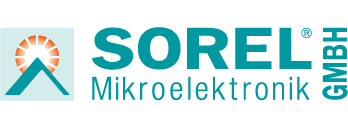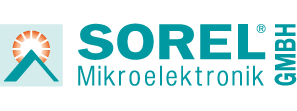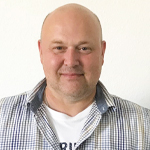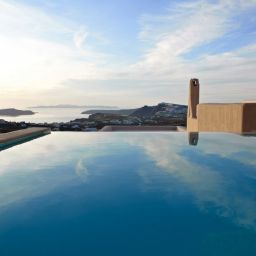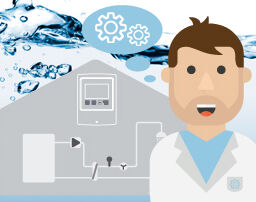Cascading Big Fresh Water Systems
Reading time: 3 Min
Fresh water stations are often used for hygienic and efficient hot water preparation. The heat of a buffer storage tank is transferred to the DHW circuit via a heat exchanger in a continuous flow principle and thus provides precisely tempered and legionella-free water at the taps.
In commercial buildings, particularly large volumes of water are often required. However, dimensioning an equally large fresh water station for these cases requires a high development effort and has a decisive technical disadvantage: low flow rates such as a hand wash basin can only be regulated with difficulty.
According to their data sheets, pumps are always limited downwards in their control range, so that the controller cannot operate them below this range. Therefore, at low tapping volumes, the pump cannot be set to the correct speed without additional system components, such as a primary-side mixer, which would be necessary to reach the tapping temperature.
Fresh Water Cascades for Big Systems
Cascading has therefore established itself as the proven solution for large fresh water systems. A fresh water cascade consists of two or more smaller stations which are automatically switched on or off as required. Thus, the required total capacity can be achieved and at the same time, temperature stability is ensured even at lower tap volumes by using smaller pumps.
Video: Working Principle of a Fresh Water Cascade
In practice, cascades are used in some cases already at flow rates from 50 l/min. However, there are also fresh water stations of 200l/min which can be cascaded for even larger systems.
A further advantage of a fresh water cascade concerns the security of supply, which is particularly important for hotels, swimming pools and other commercial applications. Since the cascade consists of several modules, a basic supply is guaranteed even during maintenance work or if individual modules fail.
Configuring Controls for Fresh Water Cascades
Some manufacturers require a separate cascade controller for fresh water cascades. The fresh water controllers MFWC and LFWC, on the other hand, are cascadable off-the-shelf and therefore require neither the stocking of additional devices nor a predetermined master-slave role.
The base station changes over regularly to ensure that all cascaded stations are flushed and utilised evenly. If a fixed base station is desired, for example when using fresh water stations of different sizes, this can also be set.
Setting up a controller for the cascade only requires the cascade function to be activated in the manufacturer’s menu by placing it on a free relay. The relay then locks the shut-off valve of each station as required.

Figure: Adjusting the additional function ‘Cascade’: 1. select free relay

2. Select additional function

3. Adjust function
Further setting options are the definition of a lower or upper flow limit, as well as a delay time, which is waited for after a switch-on or switch-off process until the next switching. The communication between the controllers is done digitally via CAN bus.
Case Study: Fresh Water Cascade at Oversum Winterberg

The Oversum Vital Resort is a holiday hotel in the ski town of Winterberg in Western Germany. It has 77 comfortable rooms and a 3,000m² wellness landscape with sports pools, sauna and steam baths.
Since the opening of the hotel in 2012, it has been operated with a cascade of two fresh water stations with LFWC controllers and is fed from three buffer storage tanks with 1,500l each. Each station has an output of 700kW and delivers up to 200l/min at 75°C inlet temperature and 60°C outlet temperature.




